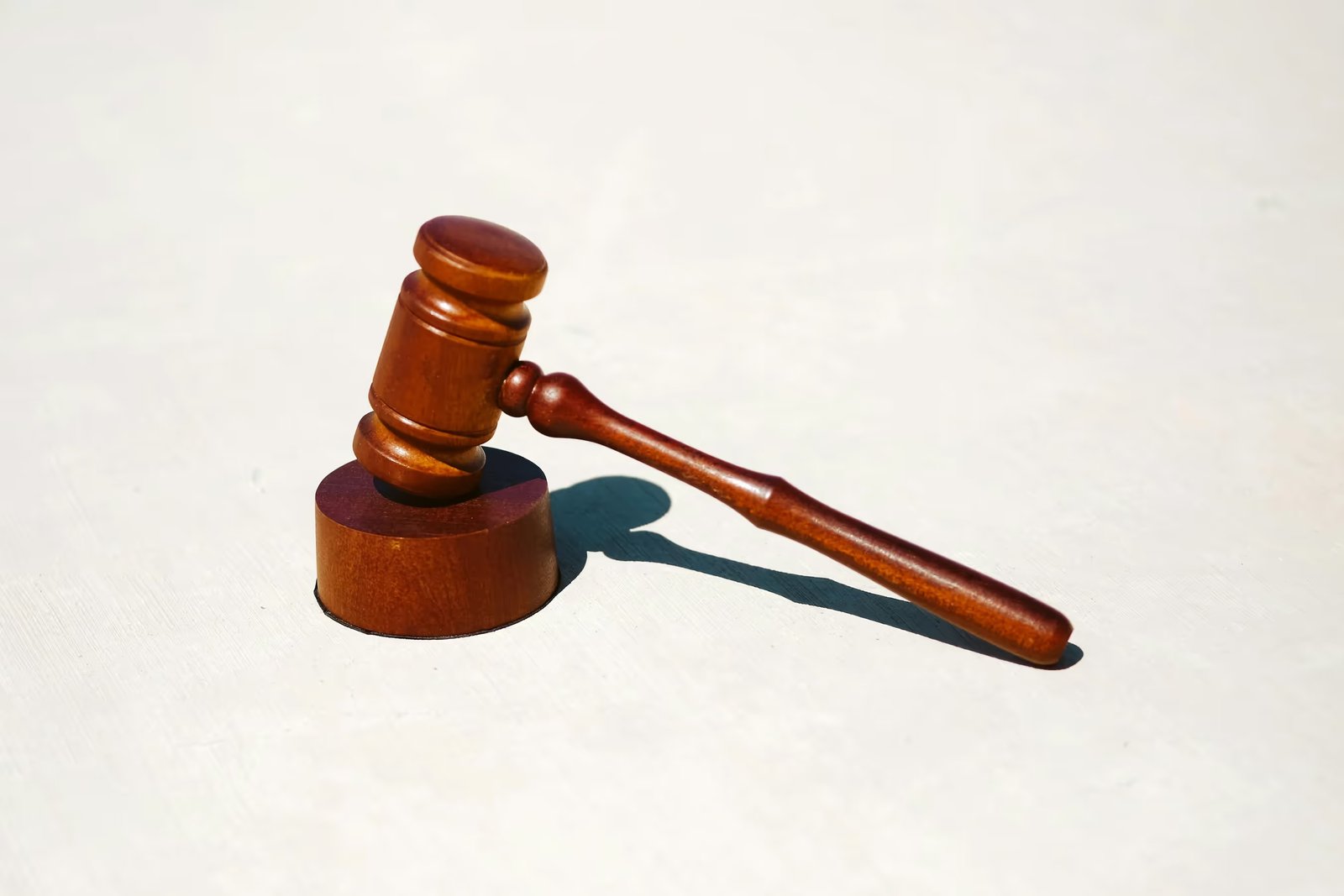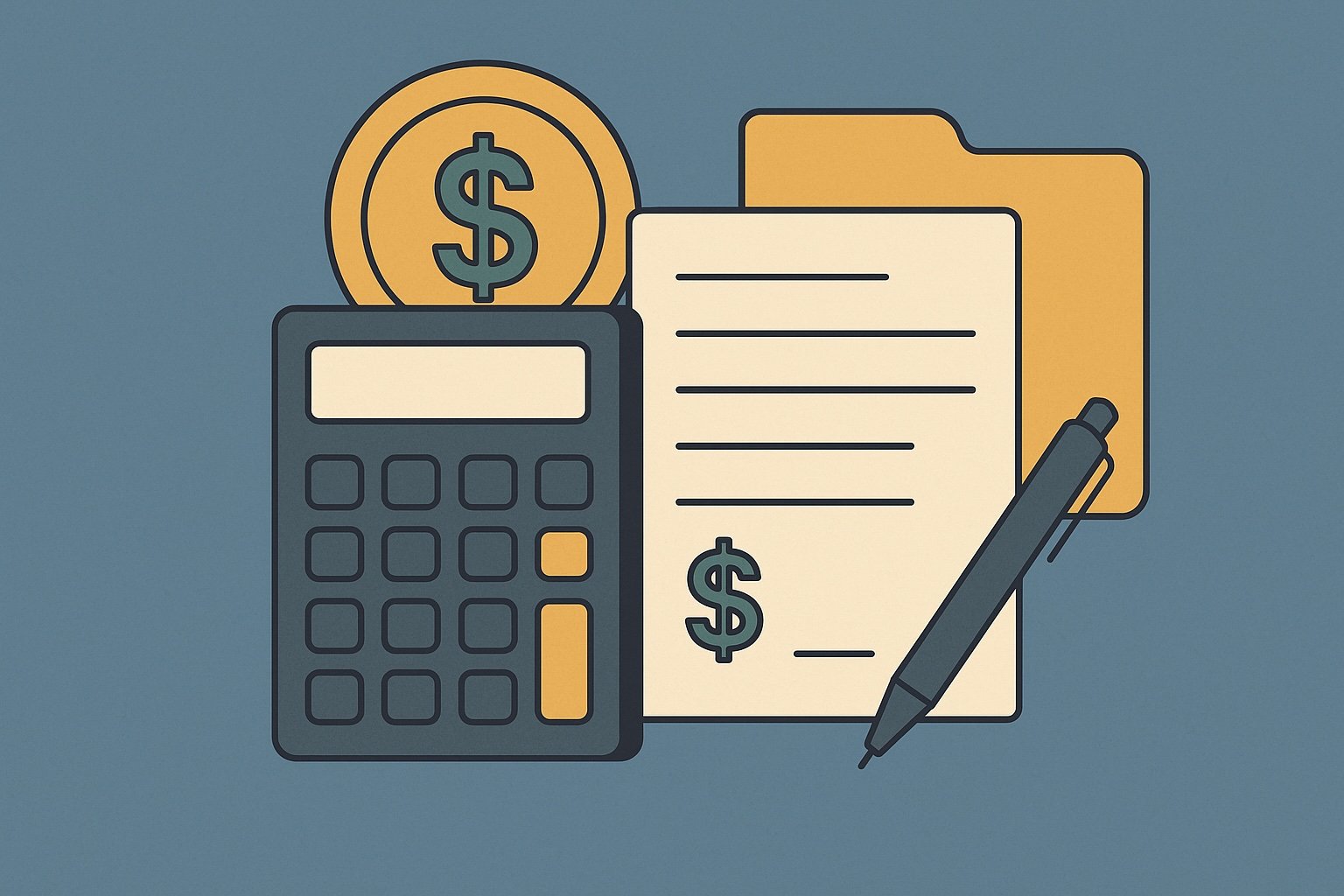Question
ARTE's Answer
A 1031 exchange, also known as a like-kind exchange, allows you to defer capital gains taxes when you sell an investment property and reinvest the proceeds into a new, like-kind property. When it comes to properties with mortgages, the process can be a bit more complex, but it is certainly manageable with the right planning and understanding.
When you sell a property with a mortgage in a 1031 exchange, the mortgage payoff is considered part of the proceeds. To fully defer your capital gains taxes, you need to reinvest the entire sales price of the relinquished property, not just the equity. This means that the replacement property must be of equal or greater value than the property you sold, and you must also replace the debt.
Here's how it works:
- Sale of the Relinquished Property: Let's say you own a rental property that you purchased for $200,000, and it is now worth $400,000. You have a remaining mortgage balance of $85,000. When you sell this property, you will pay off the mortgage and any selling expenses, such as realtor fees. If you sell the property for $400,000 and have $20,000 in selling expenses, you would net $295,000 after paying off the mortgage and expenses.
- Role of the Qualified Intermediary: At Deferred.com, we act as your qualified intermediary (QI) to facilitate the exchange. We hold the proceeds from the sale of your relinquished property to ensure you do not have constructive receipt of the funds, which is crucial for maintaining the tax-deferred status of the exchange.
- Replacement Property: To defer all capital gains taxes, you need to purchase a replacement property that is equal to or greater than the $400,000 sales price of your relinquished property. You can use the $295,000 net proceeds as a down payment and finance the remaining amount with a new mortgage. For example, if you purchase a new property for $400,000, you could take out a new mortgage for $105,000 to cover the difference.
- Debt Replacement: It's important to note that you must replace the debt you had on the relinquished property. In this example, you had an $85,000 mortgage on the property you sold. By taking out a new mortgage of $105,000 on the replacement property, you have not only replaced but exceeded the original debt, which helps ensure the exchange qualifies for full tax deferral.
- Closing the Exchange: Once you acquire the replacement property, the exchange is complete. Deferred.com, as your QI, will transfer the funds to the seller of the replacement property, and you will take ownership. The entire process must be completed within 180 days from the sale of the relinquished property, and the replacement property must be identified within 45 days.
By following these steps and ensuring that the replacement property is of equal or greater value and that the debt is replaced, you can successfully complete a 1031 exchange with a mortgage and defer your capital gains taxes. At Deferred.com, we are here to guide you through each step of the process, ensuring a smooth and compliant exchange.
Have more questions? Call us at 866-442-1031 or send an email to support@deferred.com to talk with an exchange officer at Deferred.
Sources
- Rev. Rul. 59-229 (Exchange of Unencumbered Farm Lands, Buildings, and Unharvested Crops)
- What To Do About Exchange Expenses in a Section 1031 Exchange? (Article)
- Goolsby v. Commissioner
- TAM 200039005 (Failed Reverse Exchanges)
- 1.1031(k)–1 (IRS Code of Federal Regulations)
- TD 8535 (Like-Kind Exchanges of Real Property-Coordination with Section 453)
- Deferring Losses On The Sale of Property Using 1031 Exchanges
- Rev. Rul. 2002-83 (Related Party Exchanges)
- Publication 544 (2023), Sales and Other Dispositions of Assets
1031 Question? Ask ARTE
Deferred's AI 1031 Research Assistant is trained on 8,000+ pages of US tax law and outperforms human CPAs by 22%+
CHAT NOW
Learn More
See more frequently asked questions about 1031 exchanges








